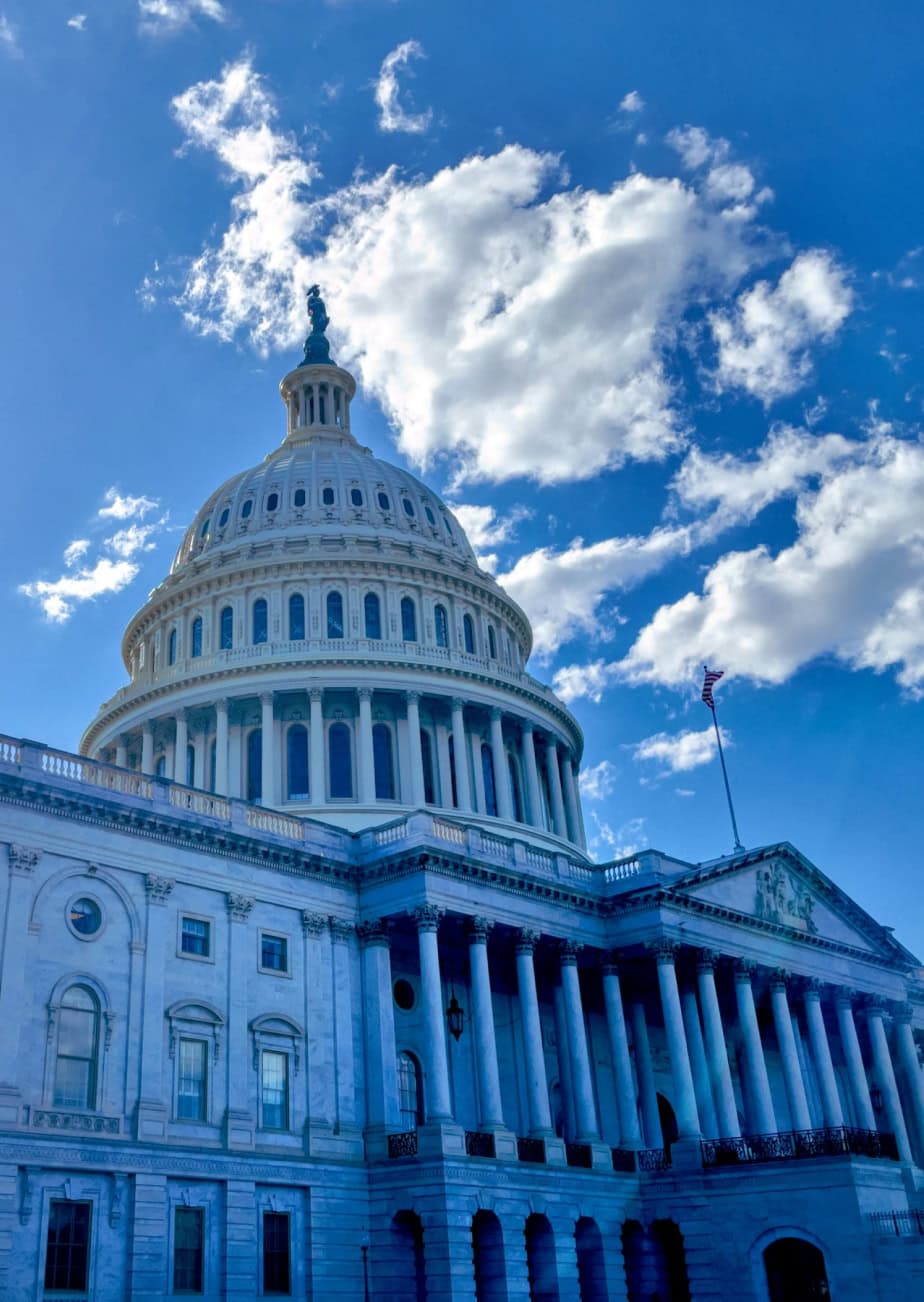This resource is part of the AHA’s Teaching with #DigHist series.
By Lauren Tilton (Univ. of Richmond)
The SNCC Digital Gateway allows us to explore the youth-led Student Nonviolent Coordinating Committee (SNCC), an organization that worked to empower black communities in the Deep South through grassroots organizing and planned action. The goal is to build larger arguments about the SNCC and the Civil Rights Movement by performing a close reading of documentary evidence.
For another written and in-class assignment:
- Explore the site and pick a primary source to analyze.
- In a paragraph or two, closely analyze your document. Questions to consider:
- Who is/are the creator(s)?
- Who is the intended audience?
- Who or what is the creator(s) responding to?
- What is the purpose of the document?
- What is the message?
- How does the document relate to SNCC?
In class, break out students into groups of 3 or 4 to share their documents and interpretation and discuss how they may or may not relate to one another. Next, ask them to use their documents to address at least one of these questions:
- What were SNCC’s goals and strategies?
- How was SNCC organized and why?
- Who was organizing and how?
- What kinds of social change did SNCC accomplish?
- What were challenges SNCC experienced and why?
Learning Outcomes
- Learn how to critically close read a primary source
- Synthesize multiple primary sources in order to construct an historical argument
- Develop an ability to convey historical knowledge in writing and verbally
- Become familiar with identifying and navigating digital resources
For more about using the SNCC Digital Gateway in the classroom, read Lauren Tilton’s AHA Today post: “‘Come Let Us Build a New World Together’: The SNCC Digital Gateway.”


